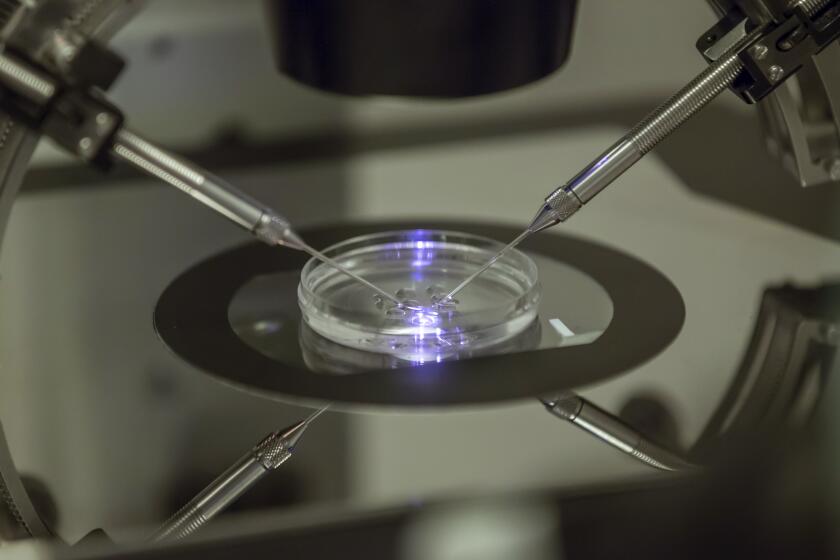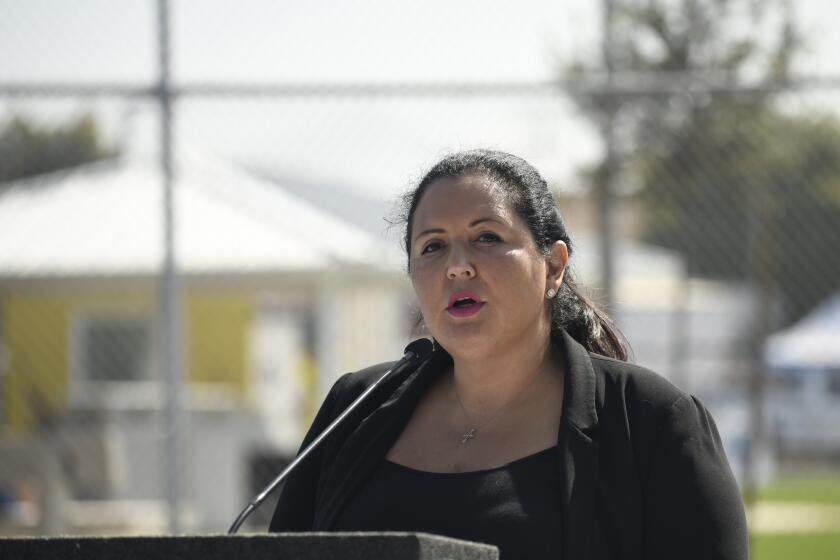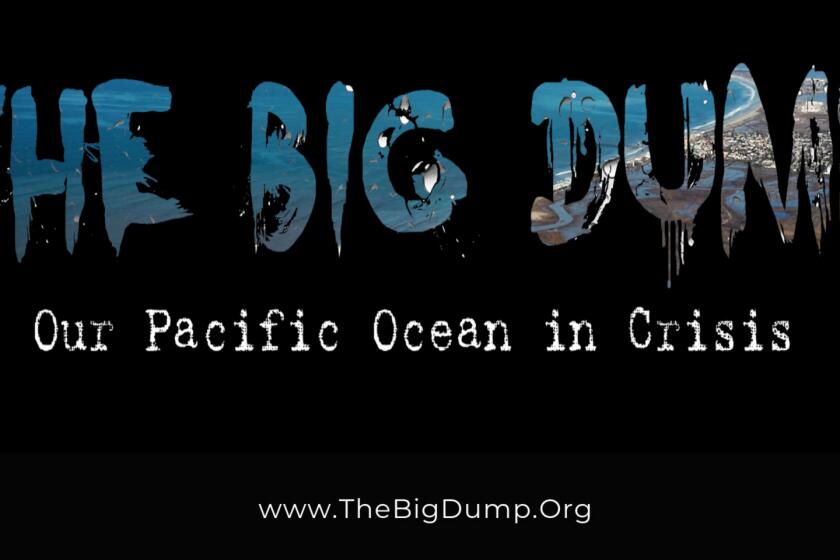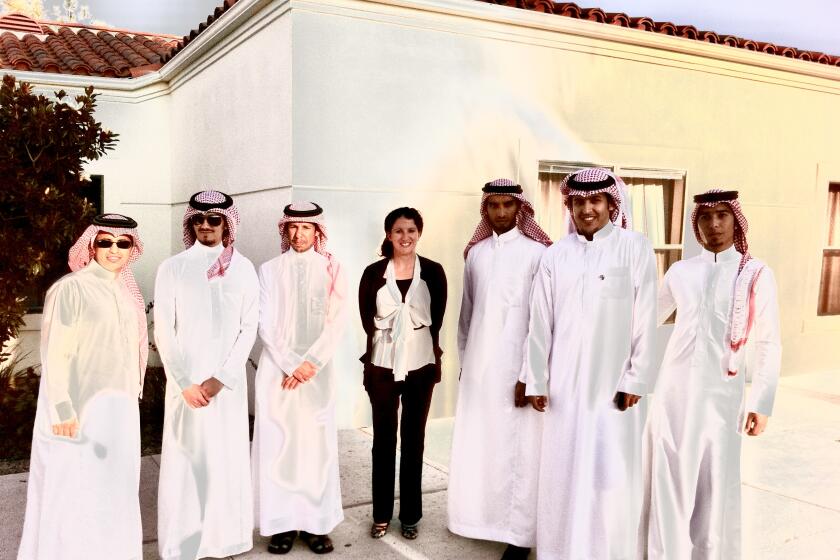Opinion: San Diego’s plan for University City will make it unrecognizable and unlivable
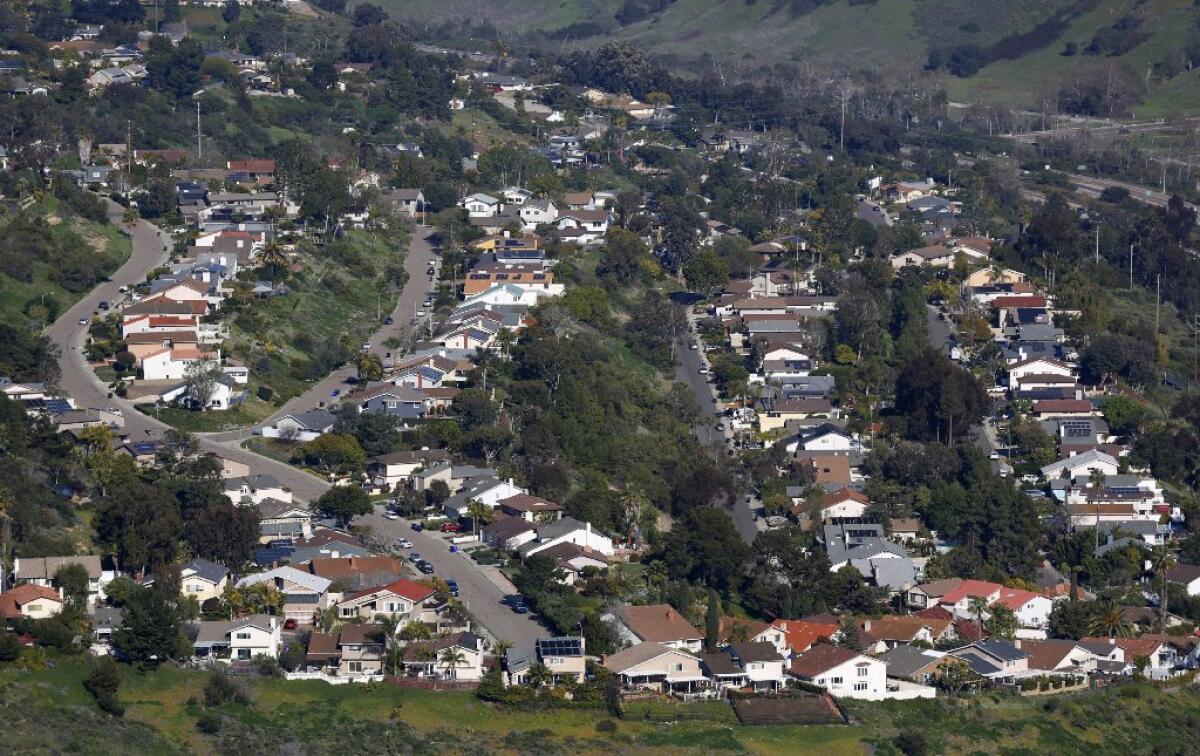
The city’s utopian vision of University City fails to recognize it is already a well-planned, built-out community.
Kutch is a retired public relations professional who has owned a home in south University City since 2016.
University City is one of those San Diego neighborhoods where everyone living here feels like they belong — regardless of age, ethnicity, religion or class. Residents know their neighbors and look out for them. It’s not uncommon for second and third generations of families to live within blocks of one another, because there’s really no better place to call home.
Without upgrading vital transportation infrastructure and eliminating the for-profit component, in five to 10 years, we will have a surplus of expensive, empty buildings.
On any given day, you will see young people pushing their baby strollers down the sidewalks, often with their dogs in tow. On weekends, you’ll see entire families parading by.
But the city of San Diego wants to destroy this picture for residents here, robbing them of all they have worked toward. The proposed University Community Plan Update could turn the community into a congested, unrecognizable metropolis by more than tripling the housing density, from approximately 27,000 existing housing units to 83,000, without thought to the fact we simply don’t have the space nor the corresponding infrastructure needed to support such a population increase.
The city’s utopian vision of University City fails to recognize it is already a well-planned, built-out community. City officials haven’t offered a means to add or widen existing roadways, nor provide additional parks and recreation centers, schools, libraries, aquatic complexes, fire and police stations, water and sewer service, and open space. They can’t, because there is no more undeveloped land left here to develop or otherwise use.
The city has not offered any solutions to the traffic gridlock the increased density will cause for residents merely trying to get in and out of their own neighborhoods. Officials seem to believe that everyone here will suddenly begin using public transportation or riding their bikes. The view is not only unreasonable but also quite comical when you visualize people trying to transport their 40-pound bags of soil or fertilizer, or multiple bags of groceries, on a bus or bicycle. Most UC San Diego students I am familiar with in south University City use their cars since taking the bus and trolley to and from the campus is a 45-minute-plus haul each way.
The city’s unrealistic concept seems to be driven by its attempt to justify the $2.1 billion Mid-Coast trolley extension project. Walking or driving down Genesee Avenue at the heart of University City today, it’s hard to ignore the immense concrete structures that block out sunlight and give the sense of being walled in.
Of particular concern to residents of south University City is the city’s proposal to add as many as 1,000 housing units to University City Marketplace, which isn’t even a transit priority area with buses stopping there every 15 minutes or near a trolley stop, and University Square, the only two shopping centers along Governor Drive. Residents of this single-family neighborhood are loyal patrons of the retail stores, service providers and restaurants here, and they rely on them.
If these shopping centers are redeveloped, the city can’t even guarantee that needed, existing retail stores will be retained. This will force community residents to drive to other communities to do their shopping, which goes against the city’s Climate Action Program. And despite the expected increase in traffic, city officials have not said how they will protect the safety of the hundreds of young children attending the three schools or playing at Standley Park along Governor Drive.
The city has not provided any type of public facilities financing plan. Rather, it just OK’d rules for shifting infrastructure funding from wealthy areas to low-income neighborhoods. University City will be out of luck.
What’s further perplexing about the city’s massive growth plan for University City is that San Diego’s Housing Element — the number of housing units required by the state to be added by the year 2029 — is just 108,036. Why, then, would the city want to add more than half that amount to our small, 7.348-square-mile portion of it?
The city’s “grand plan” for University City will benefit just three parties: 1) members of the development community, eager to build more small, unaffordable, luxury high-rise units that rent for $4,000 a month and up; 2) UC San Diego, which has continued to increase enrollment without building enough on-campus student housing to keep up; and 3) the mayor and his administration, which will take in more money from building permit fees and increased property taxes while amply rewarding developers for their support of past and future political campaigns.
The big losers will be the nearly 80,000 residents who currently call University City home. The place will become unrecognizable and virtually unlivable if the city of San Diego gets its way.
Get Weekend Opinion on Sundays and Reader Opinion on Mondays
Editorials, commentary and more delivered Sunday morning, and Reader Reaction on Mondays.
You may occasionally receive promotional content from the San Diego Union-Tribune.


